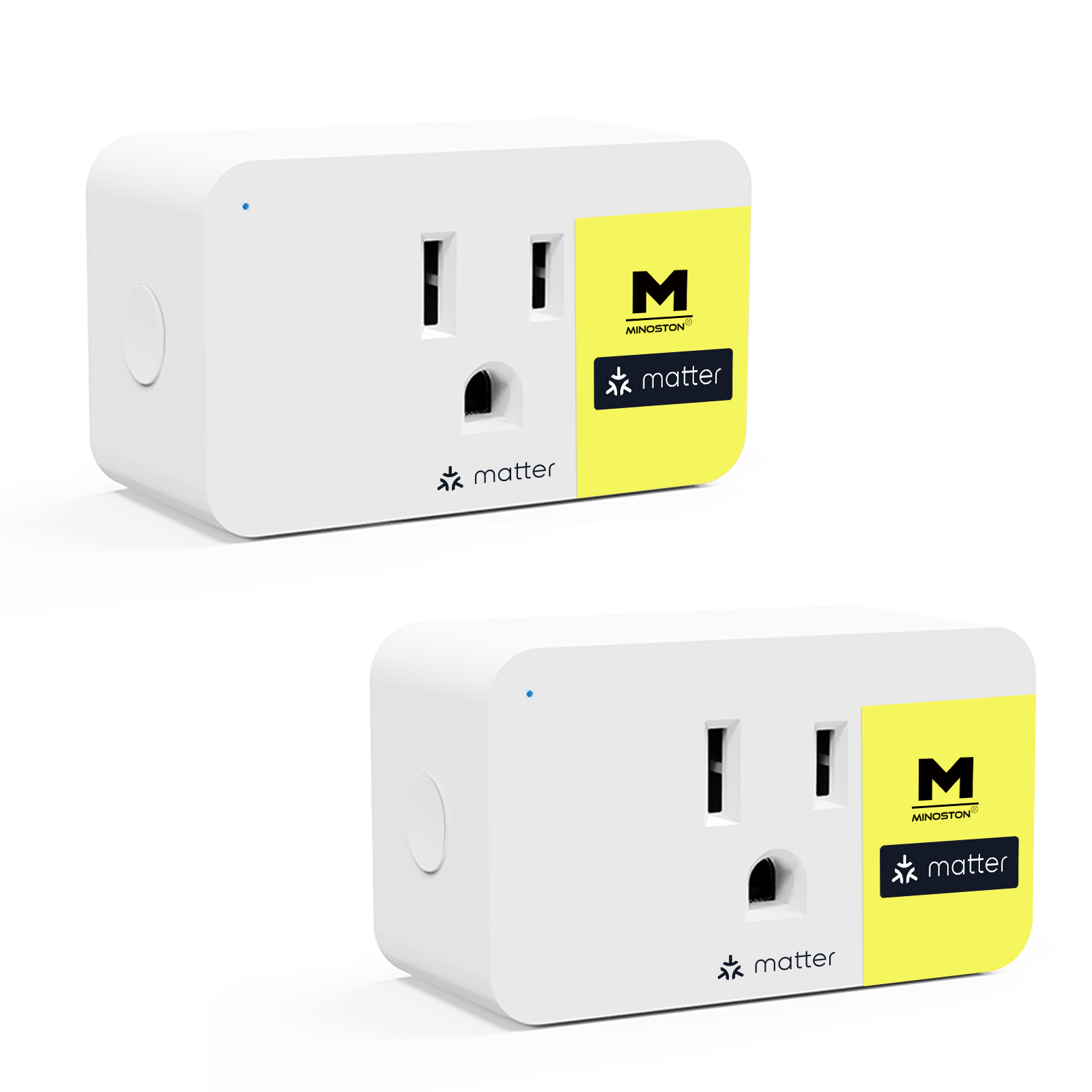Z-Wave Switch: The Ultimate Guide to Smart Home Lighting
Jan 05,2024 | Minoston
Z-Wave Switch: The Ultimate Guide to Smart Home Lighting

In the ever-evolving landscape of smart home technology, Z-Wave switch have emerged as a game-changer, revolutionizing the way we control and manage lighting in our homes. From enhancing convenience to boosting energy efficiency, these switches offer a plethora of benefits that cater to modern lifestyle needs.
Understanding Z-Wave Technology
At its core, Z-Wave is a wireless communication protocol specifically designed for smart home devices. This technology enables seamless connectivity between various appliances and systems within a smart home ecosystem.
Features and Benefits
1. Remote Accessibility
Z-Wave switches empower users with the ability to control their lighting from anywhere, whether they're at home or miles away. This remote accessibility ensures convenience and enables users to create customized lighting schedules, enhancing both security and energy efficiency.
2. Integration and Compatibility
This interoperability allows for seamless integration into existing smart home ecosystems, providing users with a unified platform to manage all their devices effortlessly.
3. Energy Efficiency
With Z-Wave switches, optimizing energy consumption becomes a breeze. Users can easily dim or turn off lights remotely, schedule lighting based on occupancy, and even receive insights into energy usage patterns, contributing to a more sustainable and cost-effective home.
Installation and Setup
Setting up a Z-Wave switch doesn’t require advanced technical skills. Most switches are designed for easy installation, fitting into standard electrical boxes. Pairing with a compatible hub or device usually involves straightforward steps outlined in the accompanying manual or app.
Choosing the Right Z-Wave Switch
When selecting a Z-Wave switch, factors such as compatibility with existing devices, preferred functionalities (dimming, scene control, etc.), and design preferences play pivotal roles. Considering these aspects ensures that the chosen switch aligns perfectly with your specific needs and home setup.
Conclusion
In conclusion, Z-Wave switches represent a significant leap in the realm of smart home lighting. As the demand for connected homes continues to grow, Z-Wave switches stand tall as reliable and innovative solutions, transforming the way we interact with our home lighting systems.



